Welcome to the Ocean Acoustics & Engineering Lab
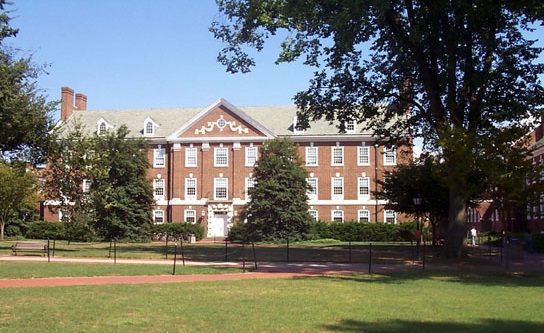
Research interests
The Ocean Acoustics & Engineering Laboratory (OAELab) is located at the University of Delaware in Newark campus. The OAELab utilizes signal processing expertise in the analysis of real life data with expertise in the Electrical and Computer Engineering Department located in Evans Hall, and additional laboratories for acoustic instrumentation at the STAR campus of the University of Delaware. Research at the OAELab focuses on the analysis of broadband acoustic signals in ocean sensing with variable environmental parameters, such as the study of internal wave phenomena using acoustic signals, forward and inverse methods for characterizing the underwater environment, and signal processing and machine learning applied to seabed classification. The OAELab looks for prospective students willing to learn and work in the acoustics field.
Recent news
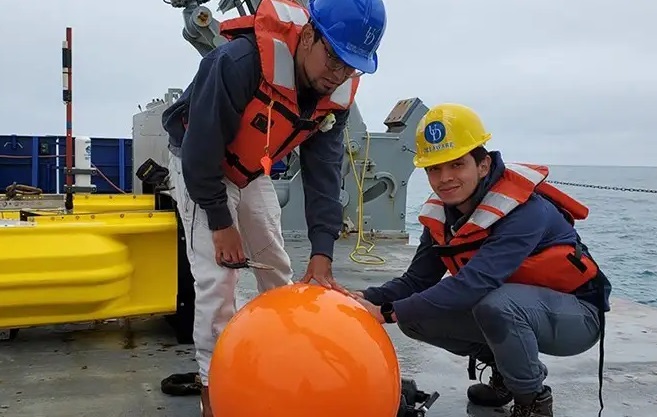
UD engineers harness the power of artificial intelligence and acoustic engineering to explore underwater worlds
About 125 miles off the New England coast, a small group of researchers from the University of Delaware's College of Engineering are harnessing the power of underwater acoustics, big data and machine learning to better understand what lies deep beneath the surface...
Current research areas
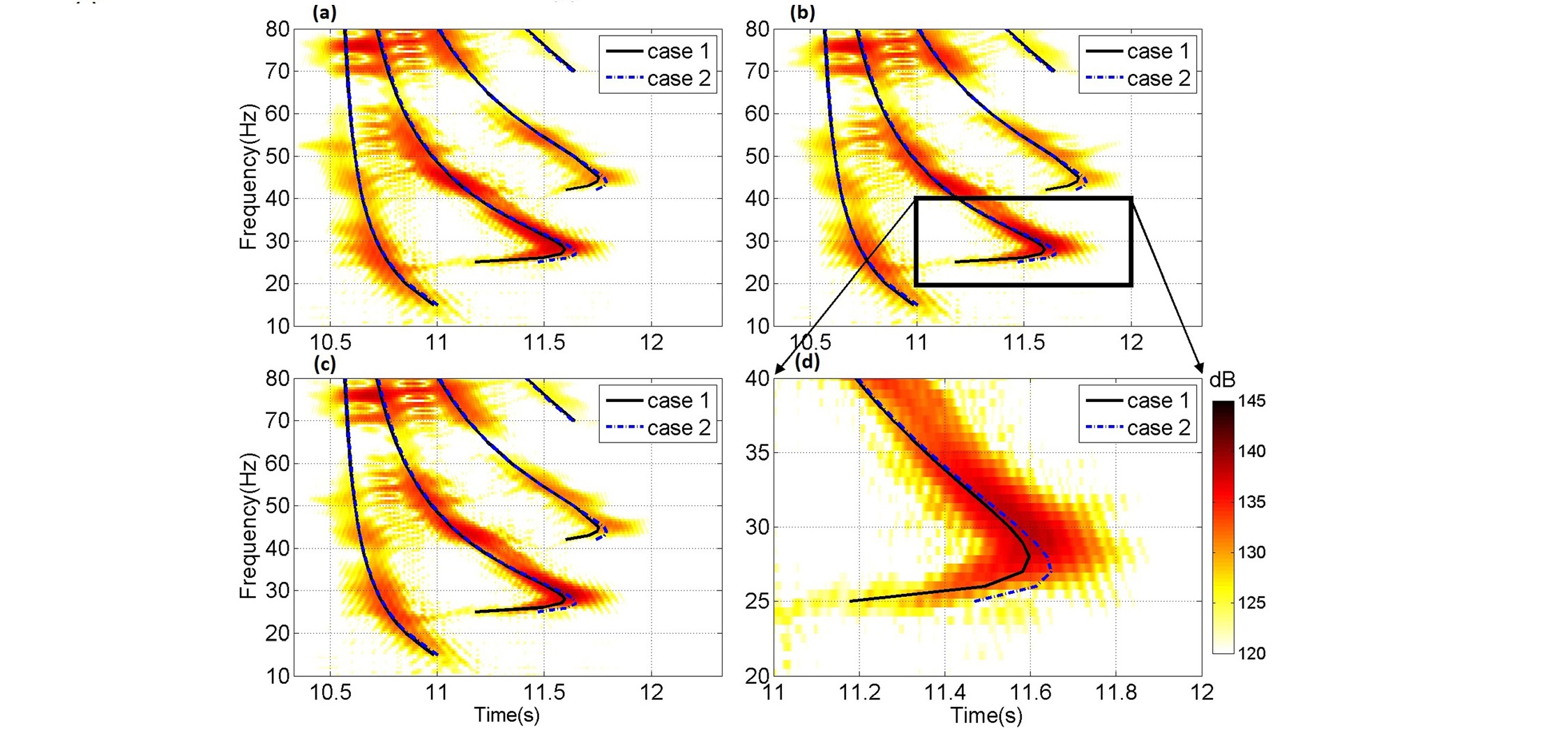
Geo-acoustics
Geoacoustic inversion is an extensive research topic in ocean acoustics, used to estimate sediment parameters using at-sea or simulated data, the full-field, or selected features such as multipath arrival times. The OAELab has done several works in geo-acoustic inversion using matched filed processing and Bayesian approaches.
View projects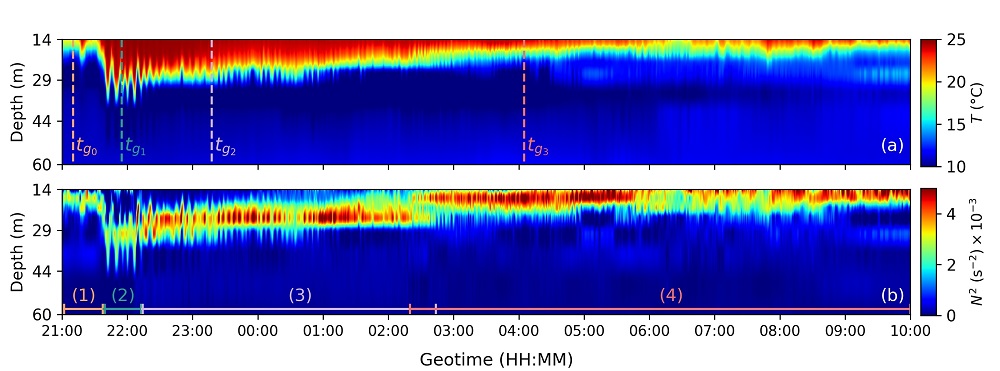
Ocean sensing
Several studies have been performed to evaluate the effects of the environment for underwater acoustic propagation. Research in OAELab comprises internal wave modeling, water column effects in the acoustic channel, and machine learning approaches to study variability in the sound speed profiles (SSPs).
View projects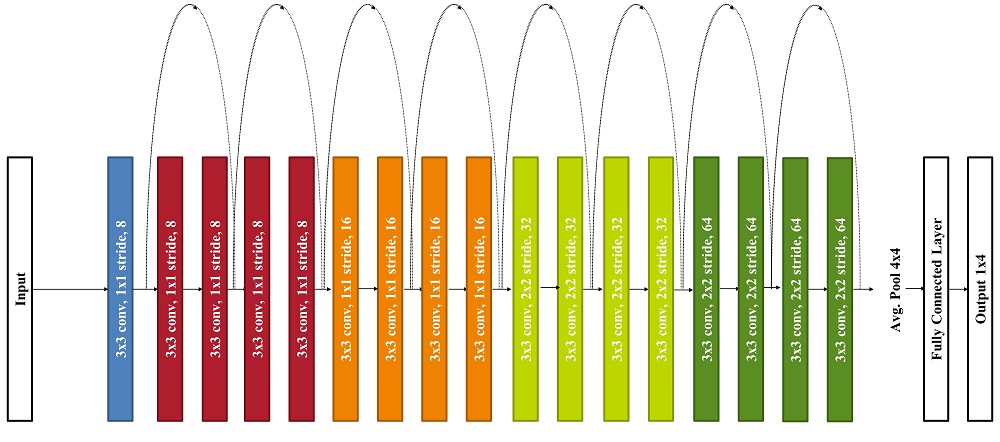
Machine learning
Machine learning techniques are used for multiple image processing tasks and are now employed for ocean acoustics applications. Recently, the OAELab has started developing machine-learning-related tools oriented to localize moving acoustic sources and classify seabed types using at-sea and simulated acoustic data.
View projects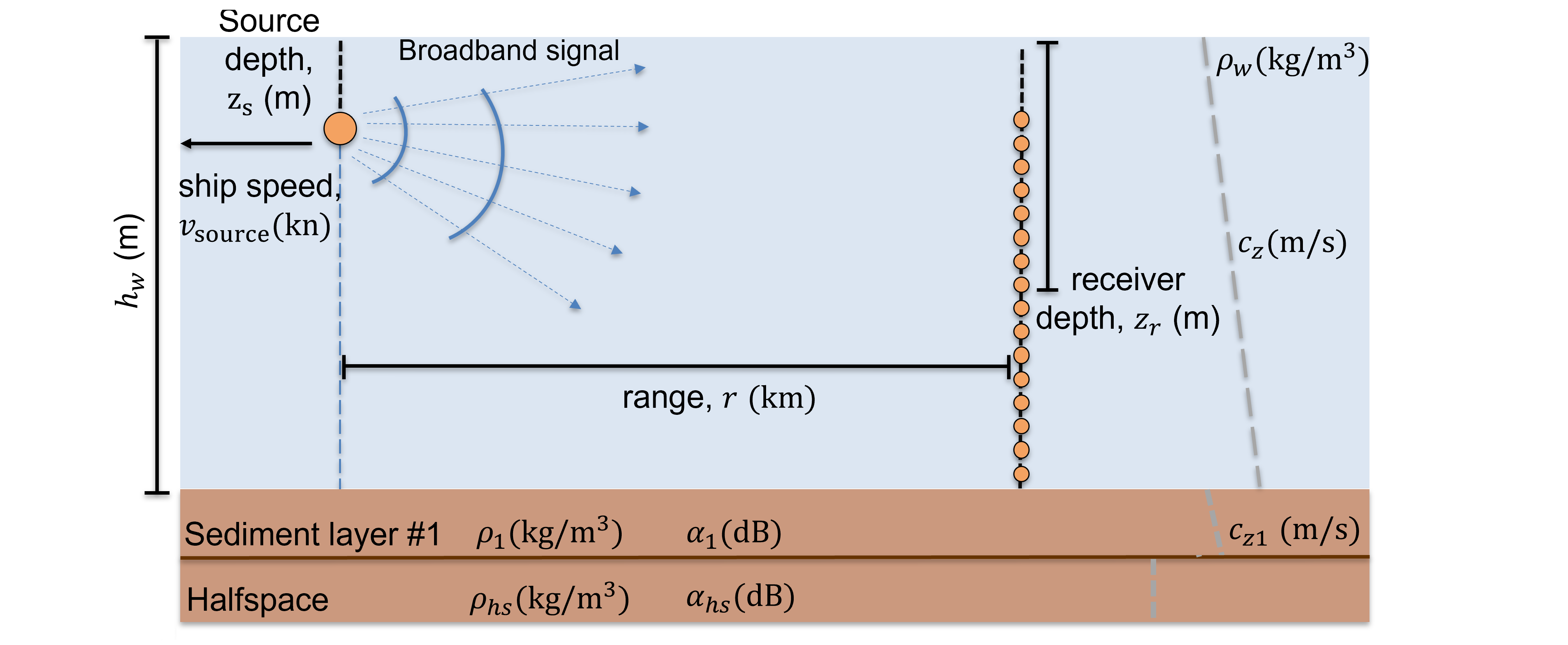
Underwater communications
Underwater communication is mainly carried out by using hydrophones and VLAs. Underwater communication is difficult due to multi-path propagation, time variations of the channel, small available bandwidth, and strong signal attenuation. Compared to terrestrial communication, underwater communication has low data rates because it uses acoustic waves.
View projects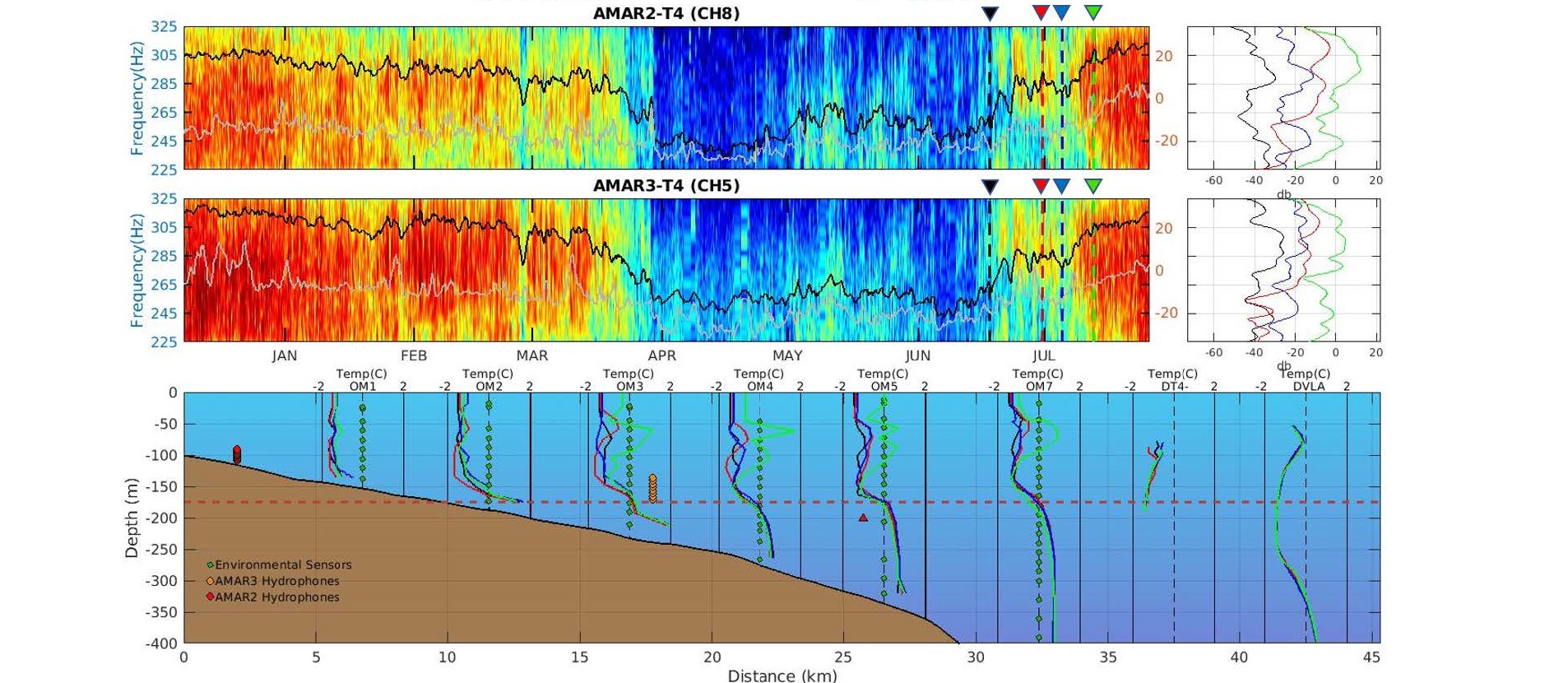
Ocean acoustics
Ocean acoustics is the study of the propagation of sound in water and the interaction of mechanical waves that constitute sound with the water, its contents and its boundaries. It is a broad field focused on the study of sound, its propagation, and its behavior underwater. Conditions in the ocean facilitate sound propagation. Recorded underwater signals are used to study the properties of the earth, ocean, and animals living underwater.
View projects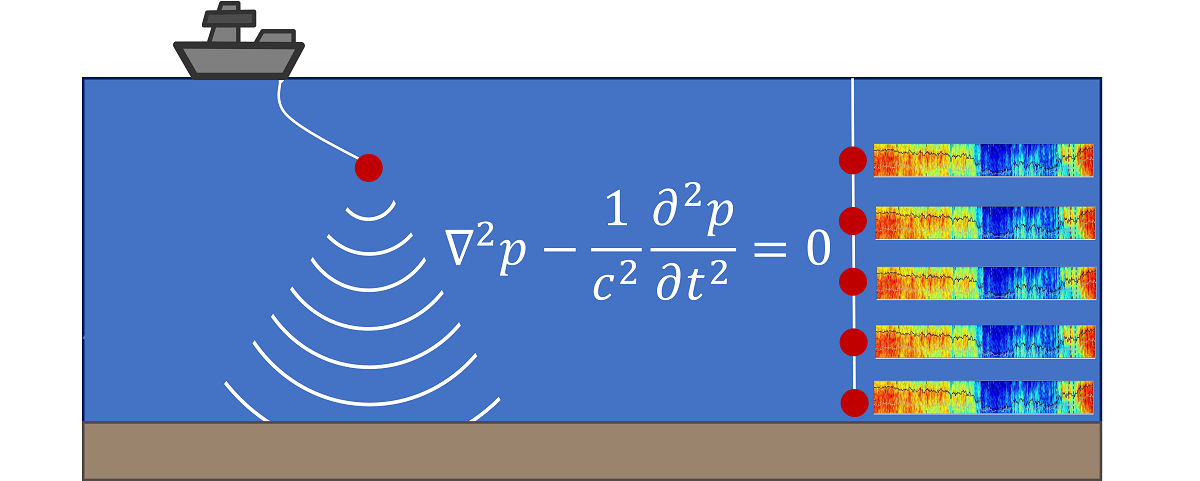
Waveguide physics
The behavior of the ocean and underwater acoustic propagation is investigated using numerical and physical approaches. Here, questions as to why, where, and how water moves, as well as the consequences of these movements, are responded to. Nowadays, tt is a hot topic with an important new emphasis in physical oceanography is to better understand the role of the ocean in global climate and climate change around the globe.
View projectsAt-sea experiments
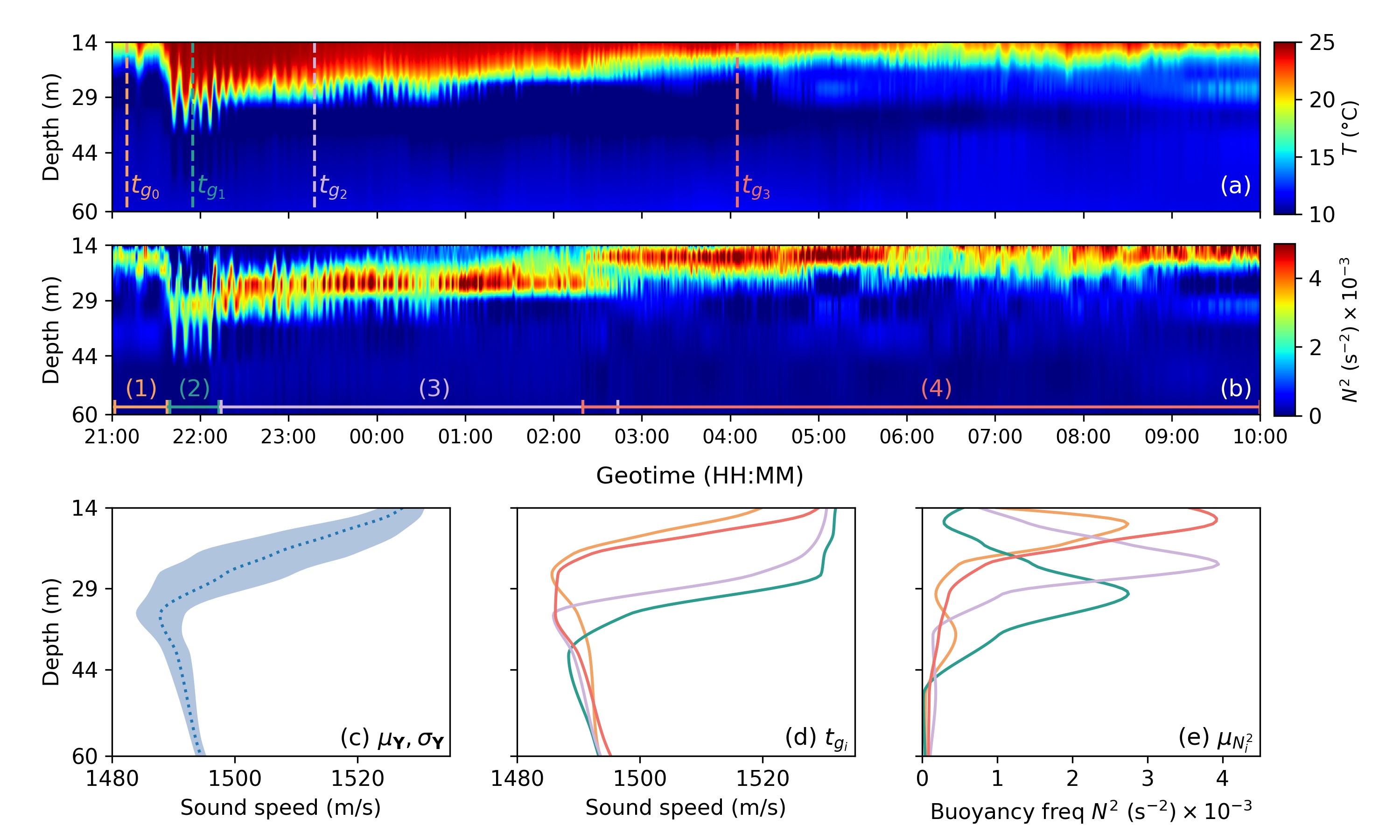
Shallow Water 06
The SW06 experiment was large, multidisciplinary and multinational effort performed approximately 100 miles east of the the New Jersey coast which lasted from mid-July to mid-September in 2006.
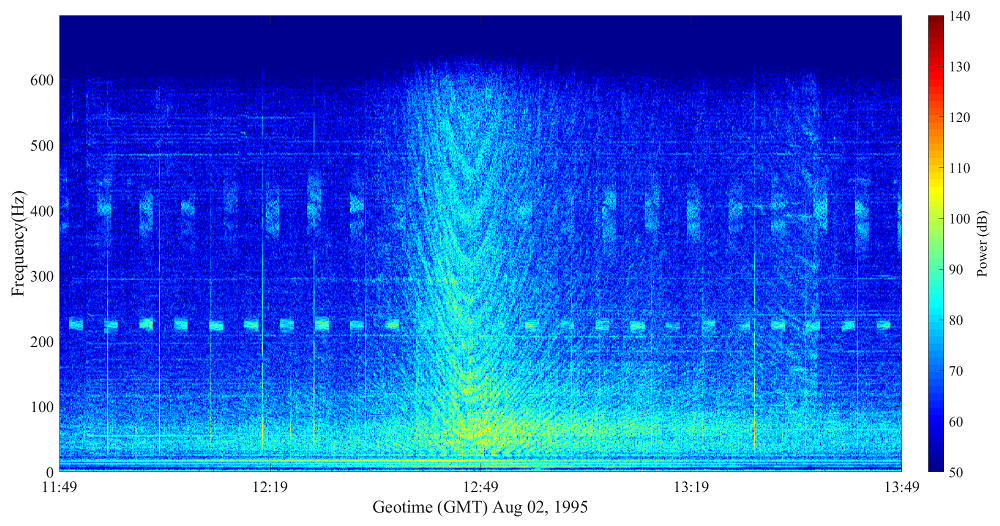
SWARM95
Shallow Water Acoustic in Random Media (SWARM) were conducted by the University of Delaware in conjunction with WHOI and the NRL to collect acoustic and environmental data to investigate internal wave phenomena.